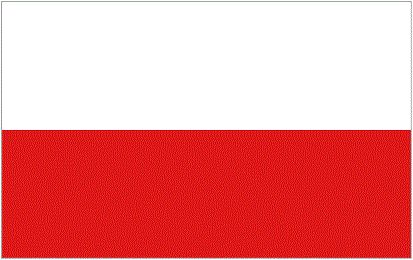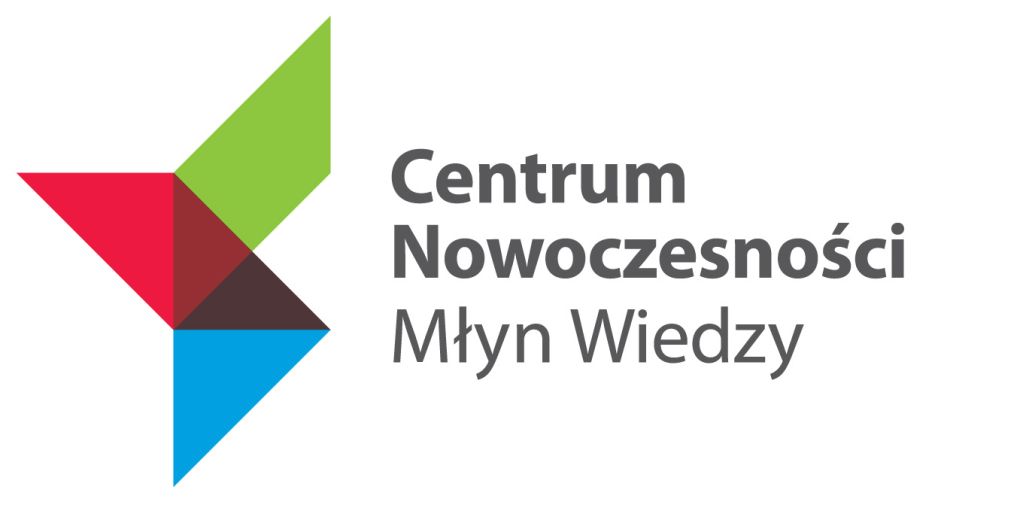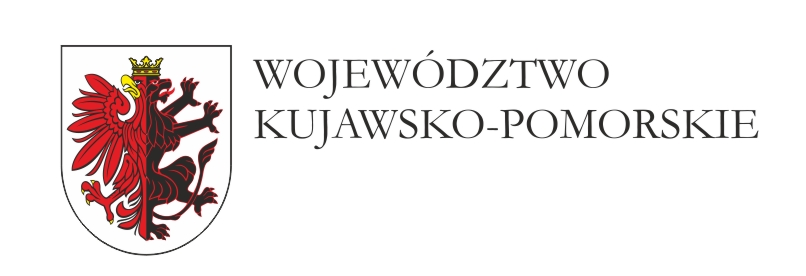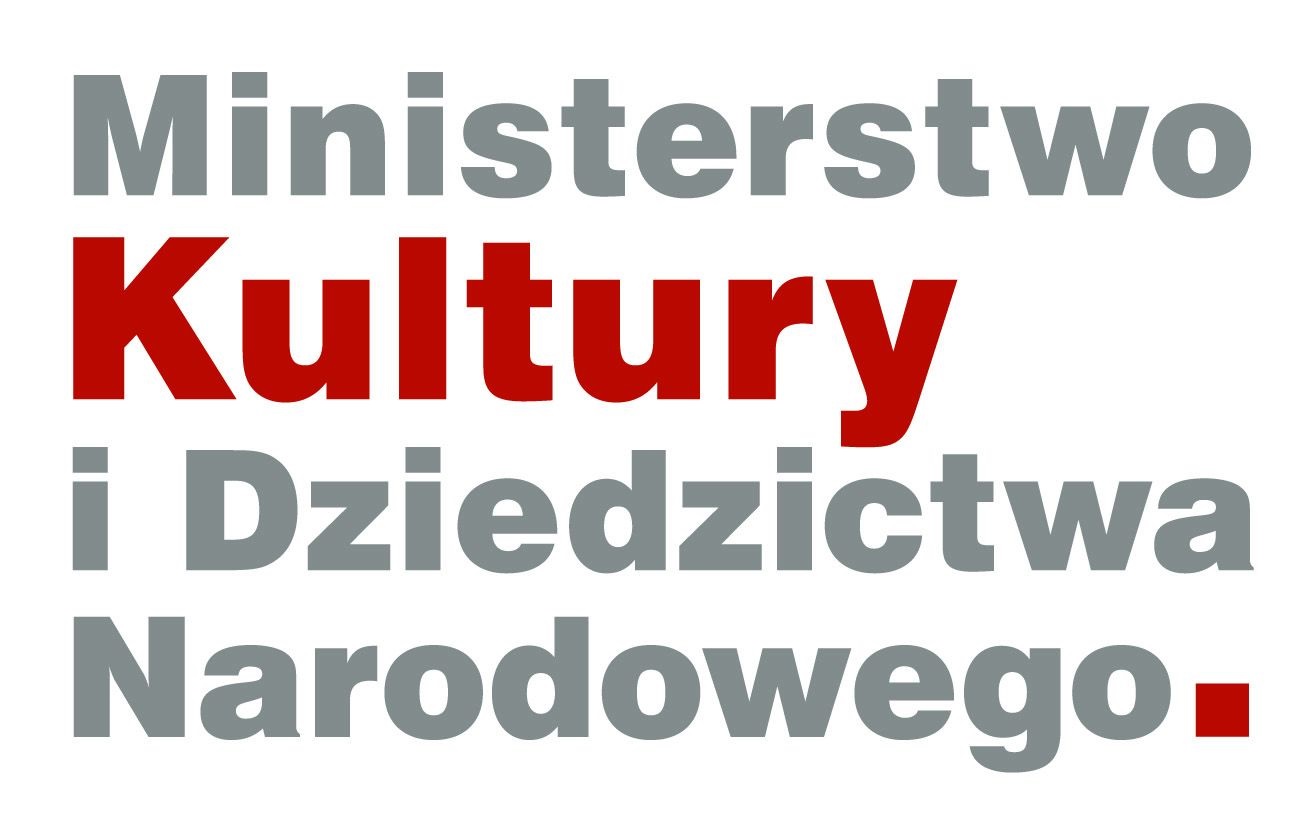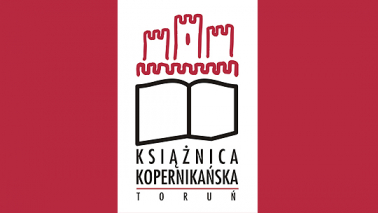Historical Atlas of Polish Towns: Toruń vol. 2
The project's objective is to prepare and publish the second volume of the historical atlas of Toruń, being a part of the „Historical Atlas of Polish Towns” series. The project is also a part of a pan-European endeavour initiated by the International Commission for the History of Towns. At a congress meeting in Vienna in 1965, the Commission set, as one of its main objectives, to publish "Historical Atlas of European Towns". The aim of this series is to lay the foundations for comparative research on the urbanisation of Europe and on the spatial transformations of towns. As of September 2013 there were 503 town atlases published under the patronage of the Commission. To date, the initiative has been undertaken in 18 European countries. The development of „Historical Atlas of Polish Towns” was initiated in Toruń in 1993 (professor Antoni Czacharowski) and was the first publication of this kind in the countries of the former Eastern bloc. In the 1990s the initiative of atlas publication was undertaken by a team in Wrocław (under the academic supervision of professor Marta Młynarska-Kalentynowa) and in Cracow (under the academic supervision of professor Zdzisław Noga). The research has resulted in the publishing of 16 town atlases and in preparations of several more volumes for print.
As per the recommendations adopted by the International Commission for the History of Towns in 1868, and amended later at the Atlas Working Group Conference in 1995 in Münster, a basic map published in „The Atlas” is a cadastral map, or another oldest base map that can constitute, as the oldest available cartographic source thoroughly depicting an urban space, the best base for a study of town development. Apart from the cadastral map, the editorial canon of „The Atlas” includes: a modern town map at the scale of 1:10 000; a map, contemporary with the cadastral one, of a town and its surrounding area at the scale ranging from 1:25 000 to 1:100 000; and a map of the town's spatial development from the town’s beginning till the beginning of the 20th century. “The Atlas” also encompasses a text part which presents a history of a town with emphasis on a spatial development, and bibliographical references. An interest in towns of the pre-industrial era was a starting point for setting up the concept of the atlas of European towns. In recent years however, it has been suggested more and more often that the town atlas project should also include cartographic sources and historical and iconographic material from the 19th and 20th centuries (F. Opll, 2012). Another modern demand on atlas editors is to use the Geographic Information System (GIS) to edit the maps and to make the outcome available on digital media and geoportals. The editors of Irish, Hungarian and German atlases are already working to these guidelines.
The first volume of the atlas of Toruń was printed in 1995. Its content was in compliance with the guidelines from the Commission for the History of Towns. It included the first pre-cadastral map that was edited based on two maps from 1816 and 1828, also some reproductions of several most important historical maps from the period between 16th and 19th centuries, an original map of the town’s spatial development and a text part describing an outline of the town's history and its spatial development.
The presented project launches a new stage in editing of the “Historical Atlas of Polish Towns”. It responds to the demands of utilizing GIS technology for historical and cartographical work, and it takes into consideration the copyrights of the original maps presenting studies on the society and on the urban space. The aim of the project is to create a georeferential, spatial database (digital map) that would comprise on the one hand the digitally edited historical maps and on the other the thematic maps presenting the analyses of archaeological and architectural text sources concerning social and urban development of Toruń. Therefore, apart from the traditional form of publishing, the maps, and the text and iconographical data will be prepared and made available in GIS. The research will be conducted on the whole historical period of the town. Its main focus, however, will be on the period from 16th to 20th century. As part of the project, the oldest cadastral map of Toruń, never before published and never before used in any research, will be edited at the scale of 1:2500. It is stored in The National Archives in Toruń and it was created based on the geodetic surveying between 1862 and 1877. It consists of 16 separate sheets (A1) at the scale of 1:500. Apart from the cadastral map, the historical maps from the period between the 17th and the 20th centuries, which were not included in the first volume of the atlas, will be included here. The selection of maps chosen for editing has been determined by their rich content presenting the spatial structure and the development of the town and the suburbs. The second group of maps will comprise 6 thematic maps. The maps presenting employment and denominational structures will be prepared in the cross sections concerning the years: 1393/1455, 1630, 1793, 1813, 1980s and the interwar period (1935). Also, the spatial development maps from the period ranging from the 13th century and the end of the 20th century will be prepared. These will include the topography of religious, educational, industrial, defence and military buildings as well as forms of land use, boundaries indicating ownership, watercourses, road infrastructure. A modern digital map of the city, correlated with the cadastral map, will serve as the basis for the preparation of the thematic maps. Each thematic map will be accompanied by a historical commentary, tabular summary of historical data and the indication of the sources. The commentaries to the maps, in the size of approximately 6 publisher's sheets (Polish unit of text length equal to 40,000 characters with spaces or 700 lines of verse) will be prepared in Polish and English languages.
From a formal point of view the presented project is a continuation of the publication from 1995. In its content, however, and in the method and form of research, it is a completely new endeavour, that will address the research needs expressed in the recent years. Since 1999 the Toruń team of „Historical Atlas of Polish Towns”, comprising historians, cartographers, and art historians, has published 9 atlases (Elbląg, Toruń, Chełmno, Grudziądz, Malbork, Giżycko, Świecie, Chojnice, Bydgoszcz) and several more volumes are being prepared for the print (Włocławek, Ostróda, Mrągowo, Kętrzyn). In the publications to date we have used a basic canon of the atlas content suggested by the International Commission for the History of Towns. The innovation of the presented project comes from utilizing the GIS technology (used for the first time in the history of preparations of historical atlases of towns) and from an extended consideration of thematic maps.
The choice of Toruń for the subject of the research results on the one hand from a vast and well-preserved base of cartographic sources, and on the other hand from the considerable level of development of research on social history, spatial development and urbanism, that are all based to a large extent on statistical data bases. Most of the cartographic sources are stored in the National Archives in Toruń. Several valuable maps are also in German (Geheimes Staatsarchiv Preussischer Kulturnesitz) and Swedish archives, mainly in Krigsarkivet and Riksarkivet in Stockholm. Toruń's cartography has been thoroughly inventoried and described by Andrzej Tomczyk. A reaserch by Krzysztof Mikulski on the space and society of Toruń from middle ages till the end of 17th century, based on extensive archive sources, constitutes a very good starting point for preparation of the thematic maps accounted for in the presented project. As far as the town's history of the 19th century is concerned, a research by Agnieszka Zielińska conducted on the mass sources processed by a statistical method, will be of great significance.
The cadastral map prepared and published as the result of the planned project is the oldest, and, from a geodetic point of view, a completely reliable cartographic source of the history of Toruń. Its additional value comes from the fact that it was created immediately after the demolition of the medieval fortifications and of a part of the modern ones. Therefore it accurately depicts the division and the development of the urban space on the eve of the shaping of the modern city. The size of the map (160 sheets) and its large scale, make its use fairly difficult in research works and administrative practice. Only after separate sheets are put together and rescaled in the printed version to the scale of 1:2500, the map will be widely used for scientific purposes and practical ones. In its digital version the map will be available at the scale of a user's choice. The original maps prepared as part of the project will make it possible to depict the processes of the urban space use and development in „the longue durée” (from middle ages to the modern times) and with accuracy degree that is unique in research on European towns. Processing the historical and cartographic data in the GIS technology will enable the users to create their own individual configuration using the desired elements of maps and their content. Apart from the scientific objectives, the cartographic material and historical data included in the atlas may be used for the municipal purposes in a broad sense. In view of the growing significance of spatial information in decision-making process in modern city management, the historical atlas of Toruń provides the data necessary for drawing up spatial development plans for the urban space as well as for the protection and preservation of the historical urban landscape.
Due to the languages „The Atlas” will be published in (Polish and English) and due to its connection to an international project, this endeavour will introduce the Polish historical and urban research to the international scientific circuit. Moreover, „The Atlas” will contribute to a better presentation of the issues that are fairly unknown in Western Europe, and that concern the founding and development of central and eastern Europe.
Towarzystwo Naukowe w Toruniu
since 1875
© Copyright: TNT - Toruń 2014. Projekt i wykonanie strony: Rafał Mikulski
Partners:
